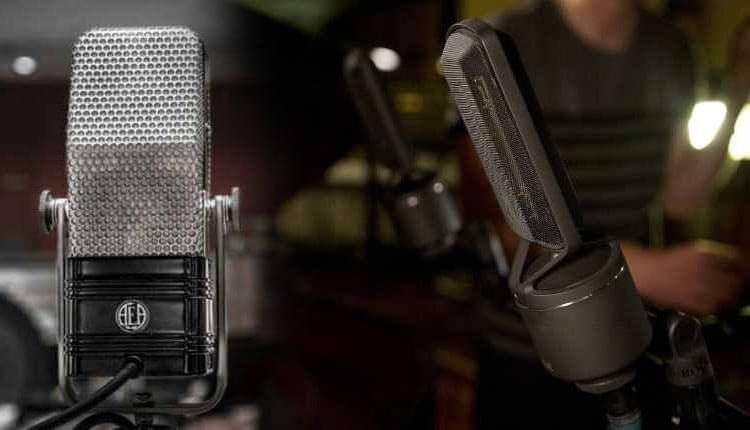Ribbon microphones came into the picture to overcome the limitations of the moving coil microphones. A moving coil microphone has inadequate high-frequency response due to the weight of the diaphragm. And mechanical mass is equivalent to inductance, which is attenuating higher frequency. To increase frequency response, we use a lightweight aluminium ribbon in place of diaphragm and coil assembly.
Ribbon acts as a conductor (placed in a magnetic field) as well as a membrane, and the working of Ribbon microphones and moving coil microphones are the same, the only difference is that in moving coil microphones, it is not possible to produce a high-frequency response, can be generated in a ribbon microphone.
The 7 Best Ribbon Microphones in the Market are:
1. Rode NTR Premium Active

Instead of employing the shock mount around the entirety of the mic at the Rode, NTR Premium Active suspends the transducer system within a study frame, making it easier to set up in a variety of recording locations that Mike Brey bit bulkier Mike’s from positioning accurately. It features a sleek matte black finish, a balanced preamp stage, and at 20 Hertz to 20-kilohertz frequency response range. It provides a good quality sound along with adequate size.
It is very good and open, so you can see the engine that drives it inside. The actual ribbon mechanism is mounted to a suspension mount inside the head capsule. This keeps it suspended, so it is not picking up any position borne noise Rumble those sorts of things that might travel through the stand or anything else you bumped into the position, it will help protect from picking up that sound in the microphone because it has that suspension. Rodes included a protective device, which is a travel screw at the top. What that does is lock down the ribbon inside so it does not move back and forth on that suspension.
2. Royer Labs R-122
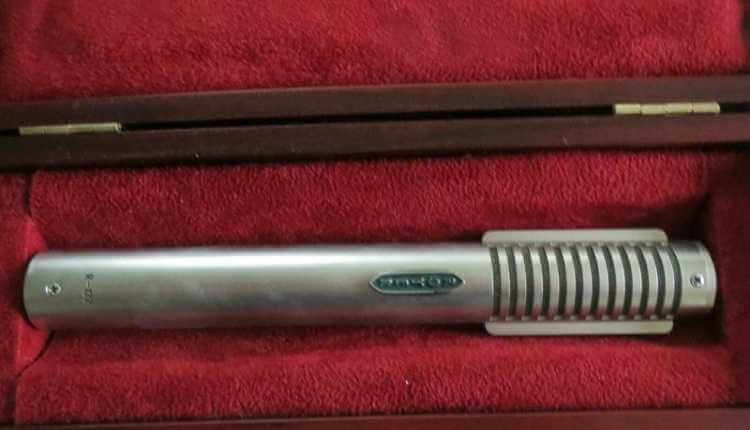
This is Royer’s latest phantom power-driven microphone. The first version of this microphone was released in 2001. However, it had one problem, if you hit that mic with a closed electric guitar cabinet that was very loud, you could get it to distort sometimes. However, in the newer version, it has a switch on the back having two switchable options, one is padded- you have a 15 DB pad. That pad is placed before the electronics, so once that pad is clicked in there is no way even in extremely low input impedance that you will get the 122 electronics to distort.
The second thing that comes in the mic is a switchable bass-cut filter. It starts at 100 Hertz and rolls off at 6 DB per octave. It is very musical and what it does is it helps control proximity effects. Proximity effect is when you get very close to a microphone, and you build up new bass. This sort of rolls that out so you are left with the bass of an instrument, and it sounds beautiful and full.
The Royer Labs R-122 utilizes a proprietary offset transducer that takes what is the ordinally asymmetrical design between the forward and back of the mic and places emphasis on the front, naturally reducing the amount of unwanted noise picked up. It comes with a durable cylindrical housing and incredible frequency response that will not distort under high pressure.
3. Shure KSM353/ ED Premier Bi-Directional
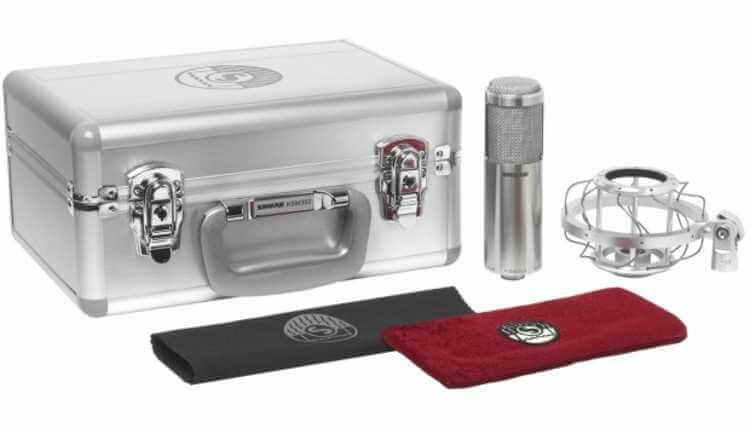
This is one of the two mics that are relatively new from Shure that use ribbon technology. This microphone consists of a mic that combines all of the characteristics of a ribbon microphone and the warm sound of it with everyday durability that one does not have to worry about throwing away if it accidentally falls off the stand!
The Shure KSM353/ ED Premier Bi-Directional offers incredible durability even when utilized in front of capable audio sources like drums and guitar amplifiers. It features a transformer that reduces signal loss. A stainless-steel casing, an effective off access rejection.
4. AEA R44CE Cost-Effective Edition
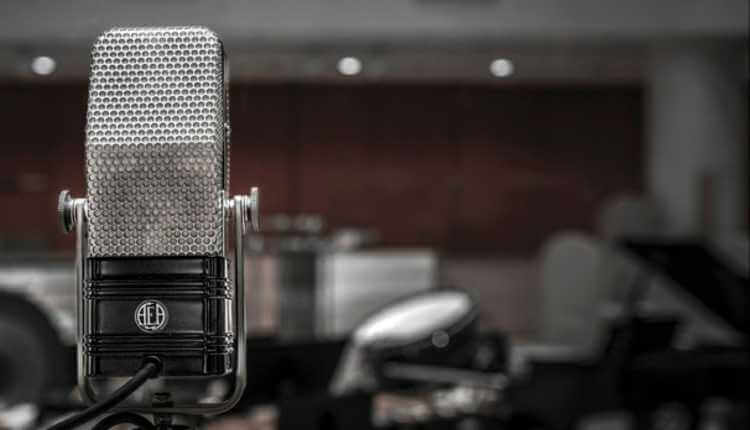
It consists of a yoke, which is a mounting device that holds it to stand. It is made up of cast bronze. It also consists of neodymium, which is much more consistent, higher output, and less expensive! This microphone had been made since 1998! So, at present, it is celebrating its 22nd year of producing the AEA R44CE.
The team behind the AEA R44CE Cost-Effective Edition places a focus on naturalism above all else. That is, it well for several applications through individual voices, and instruments could benefit from something that lets the high and breathe a bit more. Its swivel clip tilts with ease and its heavy-duty of nearly nine pounds. However, it is on the pricey side!
5. Audio-Technica AT4081

It consists of the same ribbon as that of AT4080. However, it is a much brighter and more modern-sounding ribbon mic! It is much more geared towards the instruments than voice. There is nothing like padding or wind shielding in there. It is more suitable for acoustic guitar. Also, it works well on drum overheads.
While the narrow shape of the Audio Technica AT4081 makes it easier to place in several situations. The mountain setup does not do much to cut down on bumps or vibrations that might travel that way to approve the stand; it is ideal for use with instruments and is protected from distortion, but the lower mids may need equalization at the raffle. This also has an exciting stereo edge, but you also get a high side to side projection, which makes them fantastic when working with other microphones! Stereo image from the guitar comes across beautifully using two 4081s.
The vocal sounds dark and rich using 4081. However, price-wise these are not the cheapest mics you are ever going to buy. It costs about 600 pounds! However, these can be purchased from resellers. Whenever you buy this mic from Audio Technica, it’s not just the mic that comes with it, but also all the parts that are required, like shock mounts and the other parts.
6. Avantone CR-14
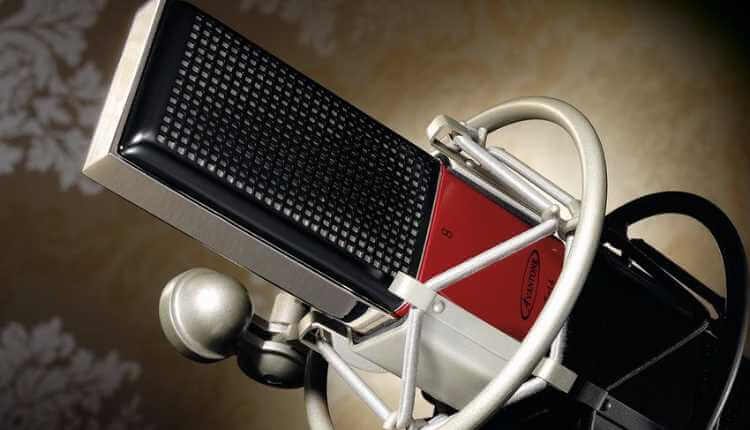
This is an interesting microphone to test out for some guitar recordings. The ‘C’ stands for the colour. ‘R’ stands for a ribbon microphone. This is a very sensitive and dynamic microphone. It does not require any fan of power. You can do a few recordings at about 2 to 3 feet in distance. It picks up equal sound from all the sides.
7. Beyerdynamic M160
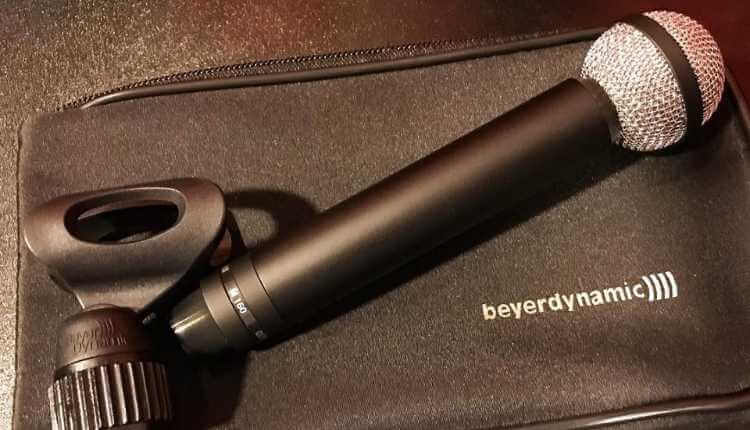
This is a classic double ribbon microphone with a hyper-cardioid pattern that sets it apart from other ribbon mics. It works great as a directional mic for capturing warm electric guitar amp sounds, drums, and other orchestral instruments. The mic has a strong presence with a boost in the upper mids and smoothes out harsh attacks well. The Beyerdynamic M160 has made its way into recording studios all over the world today!

